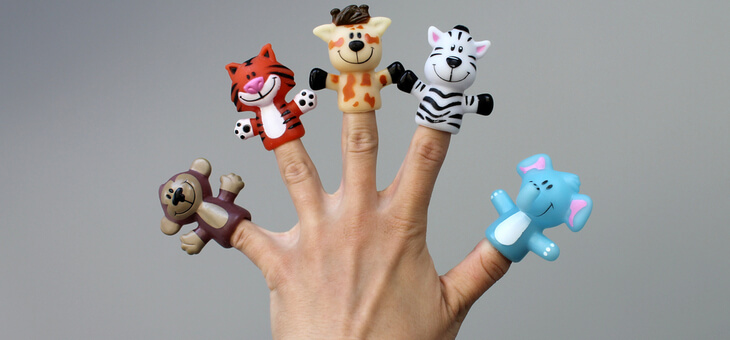Cleaning specialist Cleanipedia has analysed more than 400,000 pest reports from biodiversity database iNaturalist to determine which pests do most damage to our clothes, surfaces and homes in autumn.
The analysis found that the most destructive types of home-invading pests in Australia during autumn are clothes moths, carpet beetles, ants, termites, Portuguese millipedes, rats and mice.
And the worst city? Sydney takes that honour, with 236 types of insects or pests identified between March and May over the past five years. Then come Brisbane (139), Melbourne (133), Beaudesert (131), Kurwongbah and Caloundra (119), Adelaide (106), Mareeba (102), Port Macquarie (93) and Canberra (89).
Cleanipedia explains how to recognise signs of the most common pests and how to eradicate them.
Moths
Clothes moths lay their eggs on natural fabric such as wool, fur, cotton and silk. When the larvae hatch, they eat away at the material and cause holes and roughened fibres. You may find the larvae, which look like small white caterpillars, on your clothes along with their silk webbing and faecal pellets. Throw away the worst of the affected garments and wash the rest on at least 60°C or freeze it for at least 72 hours in a sealed bag. To prevent a future infestation, thoroughly vacuum your wardrobe, make sure to wash any second-hand items you bring into the house, and keep lavender sachets in your wardrobe – moths seem to hate the smell.
Carpet beetles
The damage done by carpet beetles isn’t limited to carpets and can extend to any stretch of material including clothes, furniture and upholstery. The larvae will eat through natural fibres and damage it, leaving behind shed skins and small faecal pellets. If you have an infestation, thoroughly clean your carpets and affected materials. You can sprinkle insecticide and lay down sticky traps to catch adult beetles, but you may want to call a professional pest control company in case of an infestation.
Rats and mice
When the weather starts to cool, rats and mice like to move indoors for warmth and shelter. You’ll likely find them holed up in wall and ceiling cavities where they can keep warm and dry. Telltale signs of a rodent infestation in your home include gnawed and chewed-up surfaces, especially those made of wood. They can potentially start fires if they chew through wires and leave them exposed. Seal up potential entry points to your home such as cracks in the walls to prevent them from entering.
Portuguese millipedes
These emerge in the autumn and are often seen in huge numbers. When they feel threatened, they release a foul-smelling yellow liquid that can stain clothes and irritate the skin and eyes. They are attracted to light, so you may see them on lighter-coloured surfaces. Make your home less attractive to millipedes by turning off any external lights and covering your windows with blinds and curtains. Experts also recommend using an insecticide spray at potential entry points to keep them at bay.
Termites
Some types of termites will be attracted to your home when the weather cools. They can cause serious structural damage to your home by chewing through wood. A professional exterminator may be the best way to remove termites, but you can prevent their access to your home by sealing up cracks and gaps in your walls and keeping wood (such as firewood and offcuts) away from your house’s foundations.
Ants
Ants will enter your home in search of food and warmth. Don’t encourage their behaviour by leaving spills and leftover food sitting around for too long, and make sure food is kept in sealed containers or in the fridge. They may escape the cold by forming their colonies inside your home in between bricks and in woodpiles. Seal up any cracks and gaps in your walls to prevent an ant infestation beginning as the weather cools.
Read more: How to choose a mozzie repellent
Cleanipedia’s Alice Shaw-Beckett says that after a bug infestation, we need to make sure any surfaces and areas the pests have touched are thoroughly cleaned.
She says: “Create a mixture of half cup each of vinegar and water, one teaspoon lemon juice and five to seven drops of essential oil in a spray bottle. This will create a natural all-purpose cleaner and the vinegar is known to kill dangerous mould that may have been disturbed by any termites eating wood.
“Spray down all surfaces to eliminate any bacteria from the bugs and wipe with a microfibre cloth. Be sure to steam clean any carpets, floors and upholstery, as well as washing your bedding – these textiles may be home to some bed bugs you’ll want to get rid of.”
Did you know that many household pests were particularly active in autumn?
Read more: Plants with benefits for physical and mental health
If you enjoy our content, don’t keep it to yourself. Share our free eNews with your friends and encourage them to sign up.

